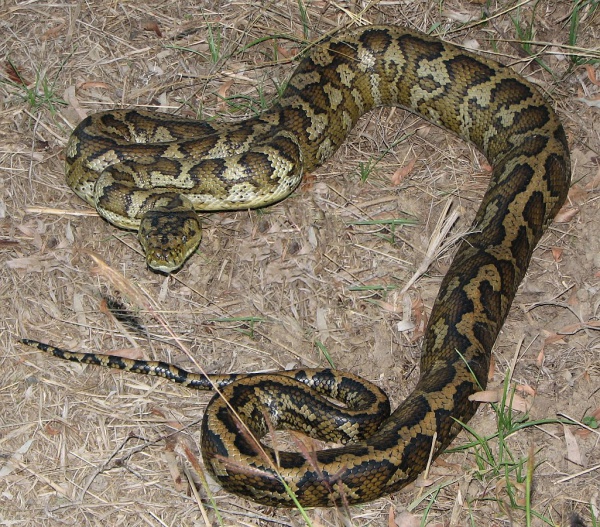Facts About Morelia spilota mcdowelli
Meet Morelia spilota mcdowelli: The Coastal Carpet Python
*Morelia spilota mcdowelli*, commonly known as the coastal carpet python or McDowell's carpet python, is a captivating subspecies of the Morelia spilota family. Described by Wells and Wellington in 1984, these pythons are native to the northeastern coast of Australia and parts of New Guinea.
Appearance
These carpet pythons are noted for their impressive size, typically reaching lengths of 9 to 10 feet (2.7–3 meters). Their coloration varies from olive brown to tan, adorned with lighter blotches and stripes. Each python boasts a unique pattern, making them a remarkable sight. They feature 40-60 rows of mid-body scales, a single anal scale, and divided subcaudal scales. The scales on their heads are small, beadlike, and irregularly arranged.
Habitat
*Morelia spilota mcdowelli* are highly adaptable and can be found in various environments. They are widespread in eastern Queensland and northeastern New South Wales in Australia. These pythons are versatile in their habitat preferences, living on the ground, in trees, or concealed in undergrowth. They thrive in diverse settings such as rainforests, eucalypt forests, heathlands, pastures, agricultural lands, and even urban areas.
Life Cycle and Reproduction
Female coastal carpet pythons can lay up to 35 eggs at a time. The dedicated mother will coil around her eggs to protect them. If the eggs are carefully removed and incubated at a temperature of 84-86 degrees Fahrenheit, the young pythons will hatch after approximately 65-70 days.
